Our Library
Explore our publications, from research papers and series to educational materials, covering all aspects of conflict transformation and peace promotion.
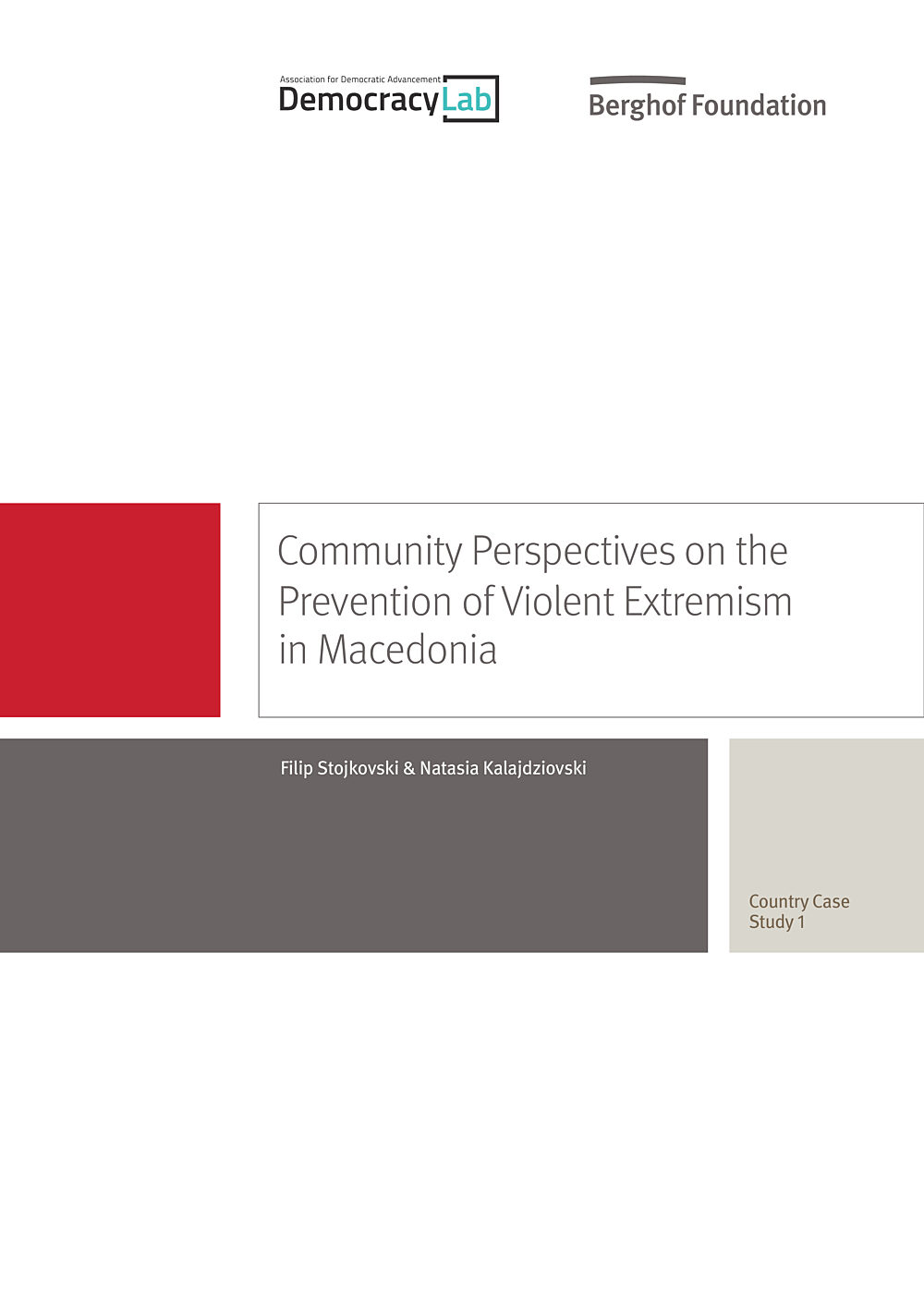
Community Perspectives on the Prevention of Violent Extremism in Macedonia
Increasingly, governmental strategies for preventing and countering violent extremism (P/CVE) are regarded as a necessary complement to broader counterterrorism strategies. Such inclusion is an acknowledgement that a pure securitisation approach is not entirely effective, and that a strategy which includes a “soft approach” to countering terrorism must seek to address social factors as well. However, within the Western Balkans region – and particularly in the Macedonian context – strategies to counter terrorism have been slow in adopting P/CVE approaches.
- Year2018
- Author(s)Filip Stojkovski, Natasia Kalajdziovski
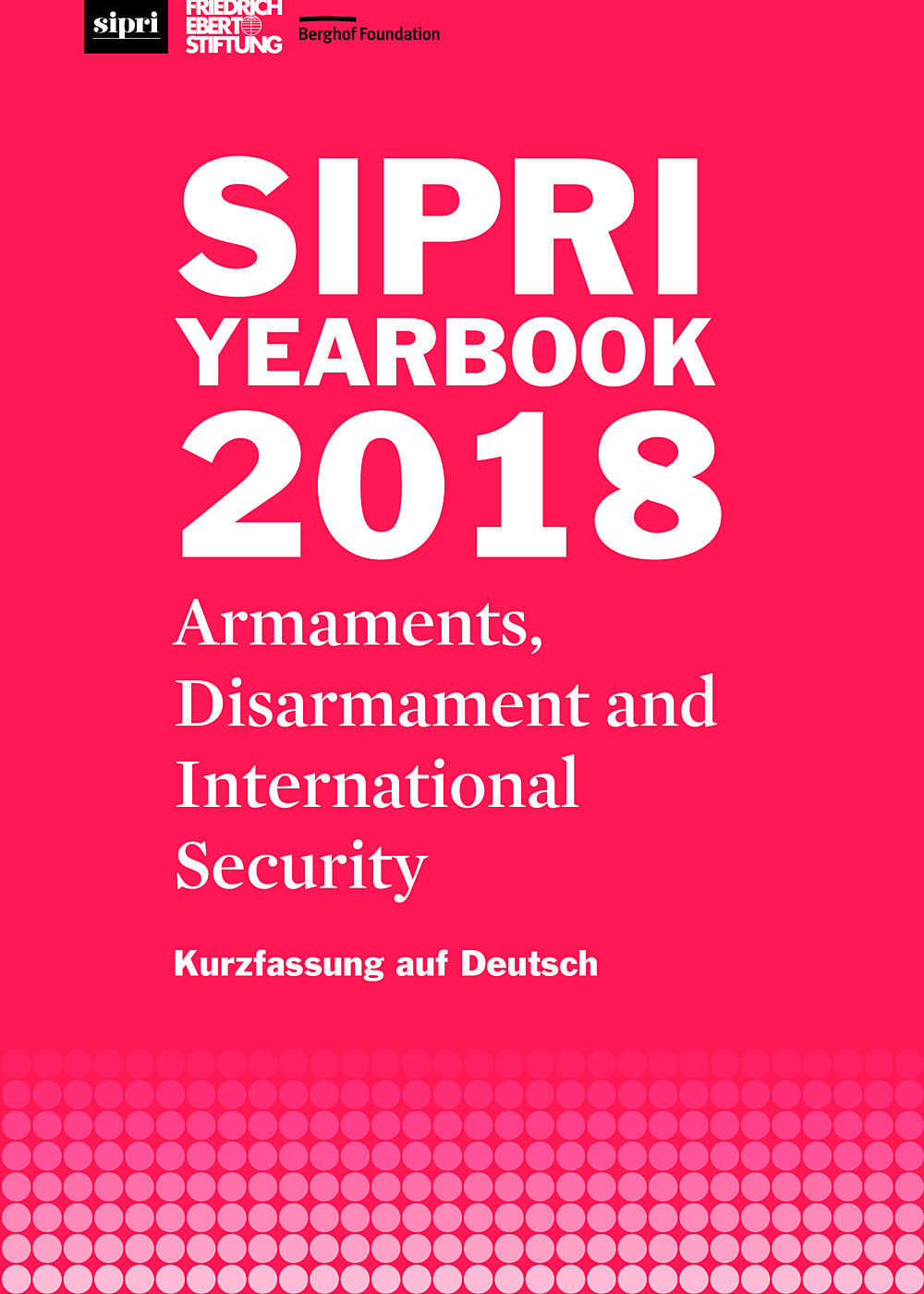
SIPRI Yearbook 2018Armaments, Disarmaments and International Security (Kurzfassung Deutsch)
- Year2018
- Author(s)Stockholm International Peace Research Institute (SIPRI)
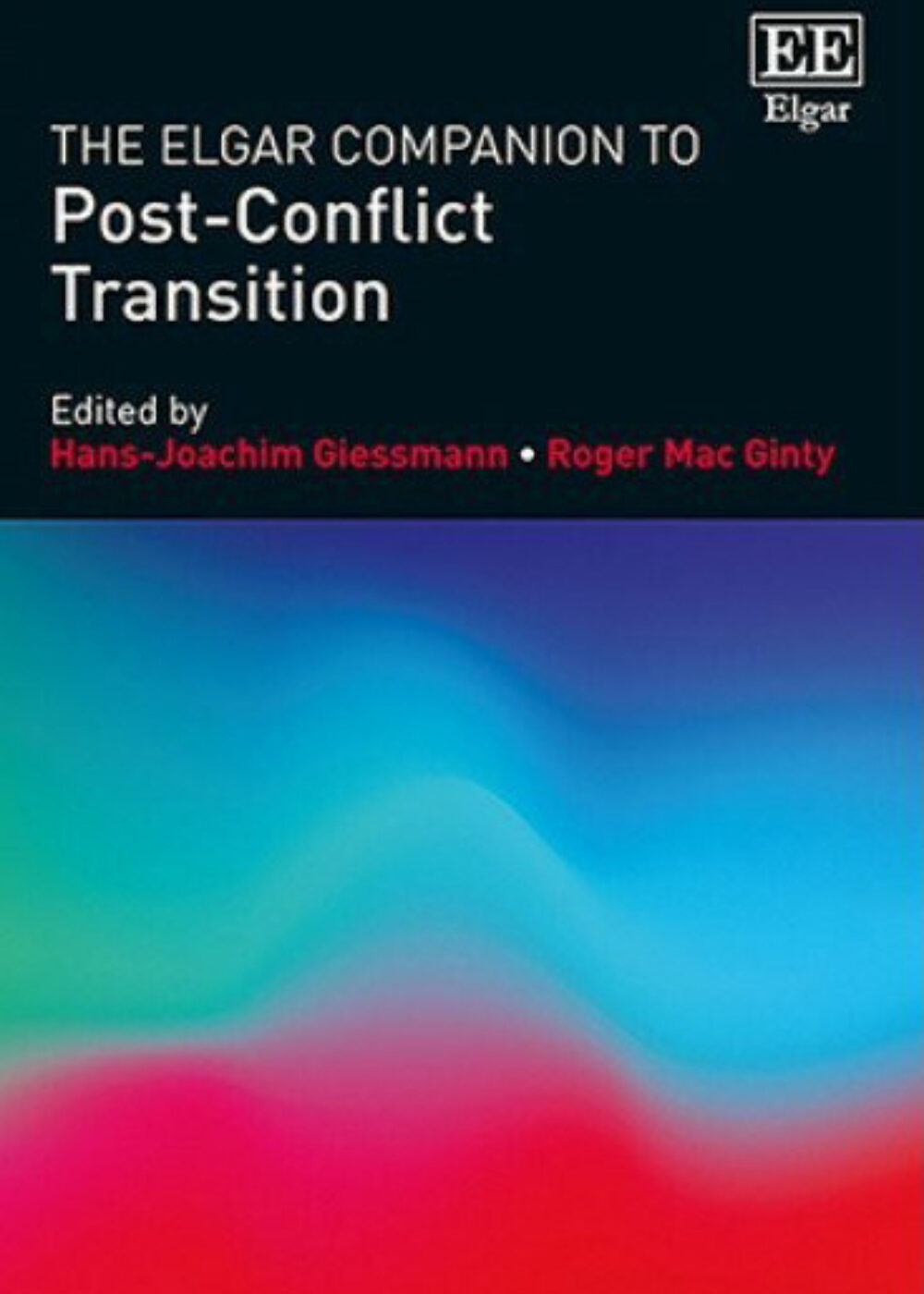
The Elgar Companion to Post-Conflict Transition
What are the main drivers of political transition and regime change? And to what extent do these apparently seismic political changes result in real change? These questions are the focus of this comparative study written by a mix of scholars and practitioners.
This state-of-the-art volume identifies patterns in political transitions, but is largely unconvinced that these transitions bring about real change to the underlying structures of society. Patriarchy, land tenure, and economic systems often remain immune to change, despite the headlines.
- Year2018
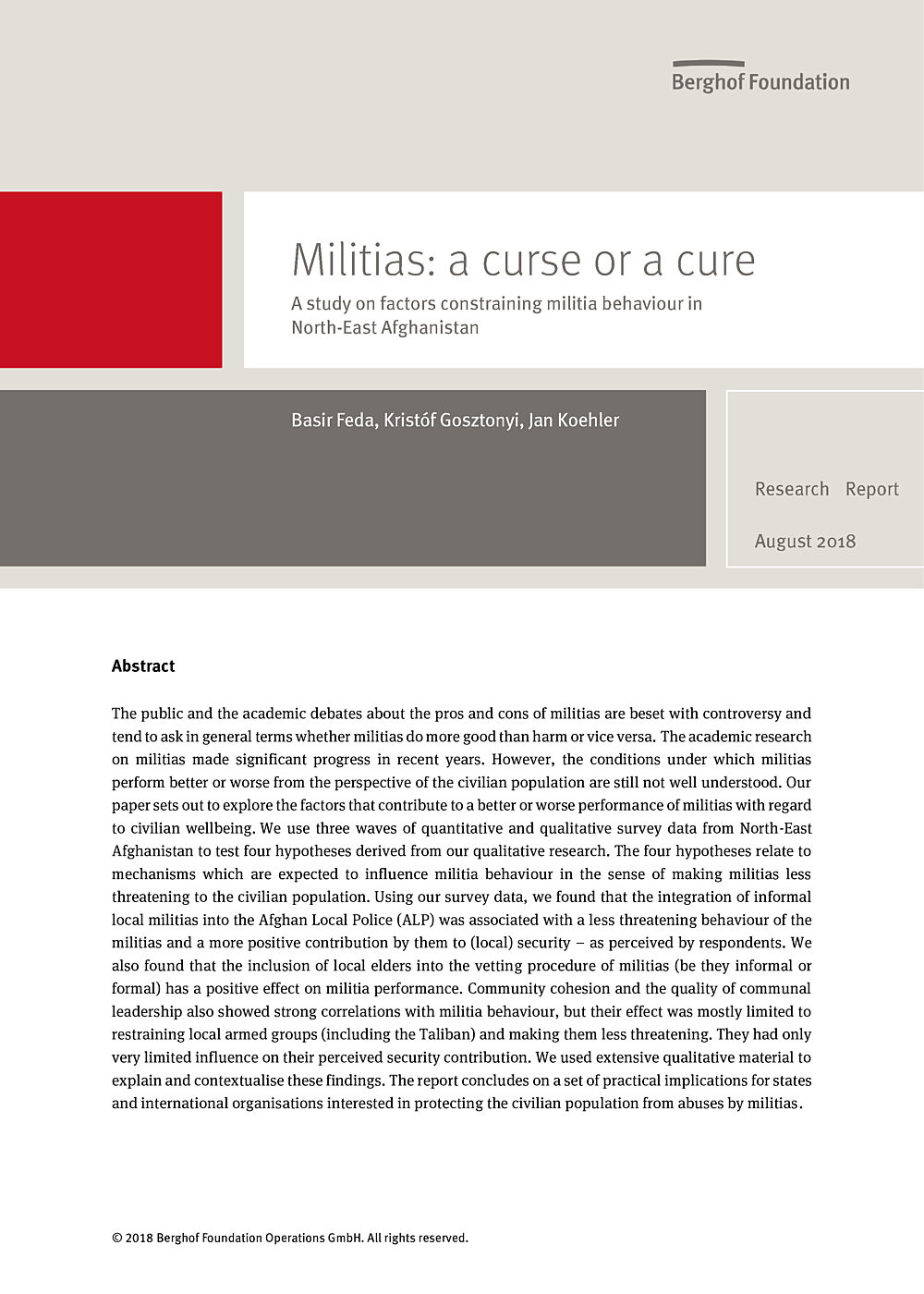
Militias: a curse or a cureA study on factors constraining militia behaviour in North-East Afghanistan
The public and the academic debates about the pros and cons of militias are beset with controversy and tend to ask in general terms whether militias do more good than harm or vice versa. The academic research on militias made significant progress in recent years. However, the conditions under which militias perform better or worse from the perspective of the civilian population are still not well understood.
Our paper sets out to explore the factors that contribute to a better or worse performance of militias with regard to civilian wellbeing. We use three waves of quantitative and qualitative survey data from North-East Afghanistan to test four hypotheses derived from our qualitative research. The four hypotheses relate to mechanisms which are expected to influence militia behaviour in the sense of making militias less threatening to the civilian population.
- Year2018
- Author(s)Basir Feda, Kristóf Gosztonyi, Jan Koehler
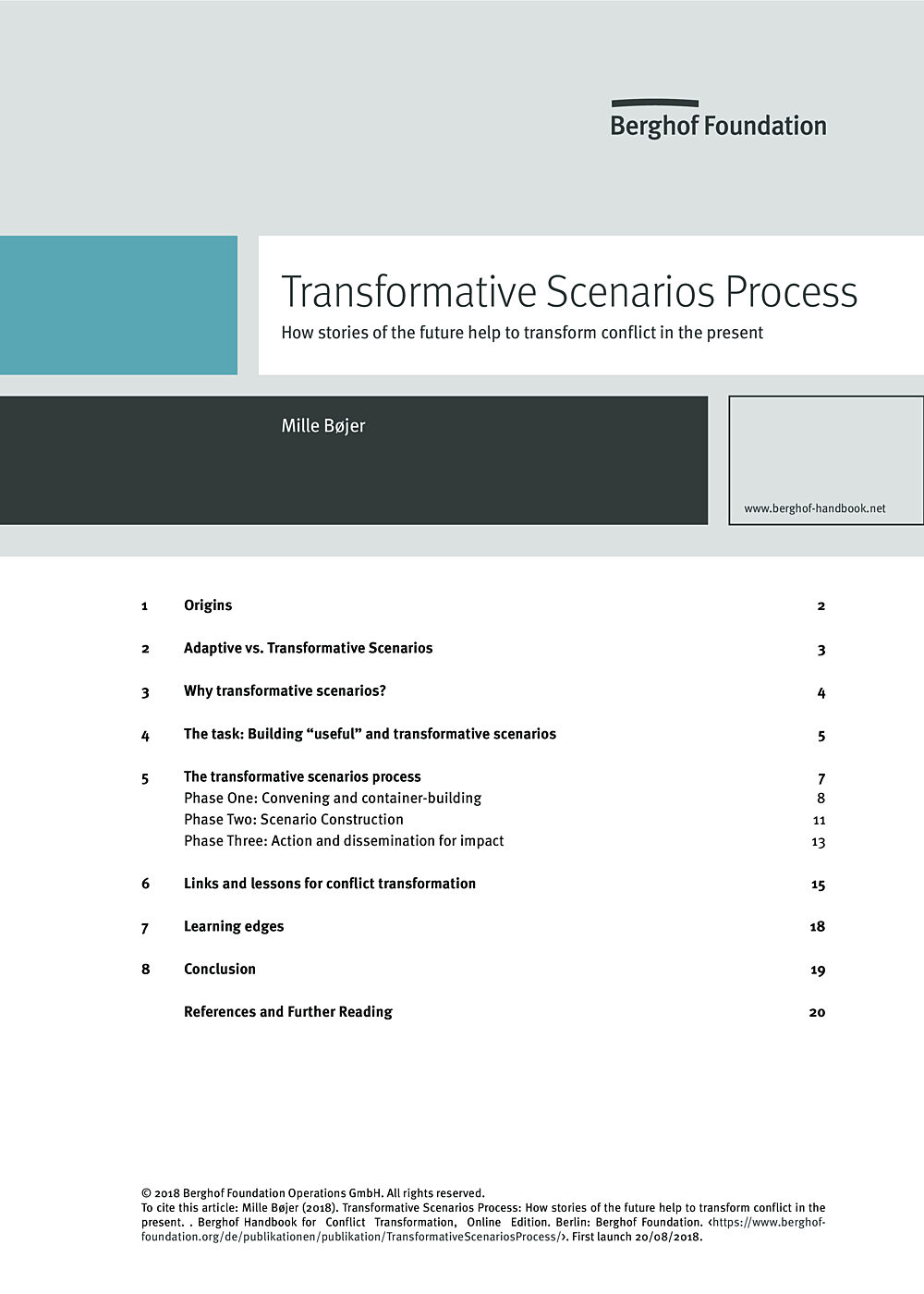
Transformative Scenarios Process: How stories of the future help to transform conflict in the presentHandbook Article
Scenarios are stories of possible futures. Human beings have always used stories to talk about things that are difficult, complex, or even taboo, to encourage a change in thinking, illuminate pathways, and inspire right action. Creating and telling stories about possible futures allows us to lift our gaze above our current stuck situations and polarized conversations into a longer time horizon and ask ourselves “what if?”
- Year2018
- Author(s)Mille Bøjer
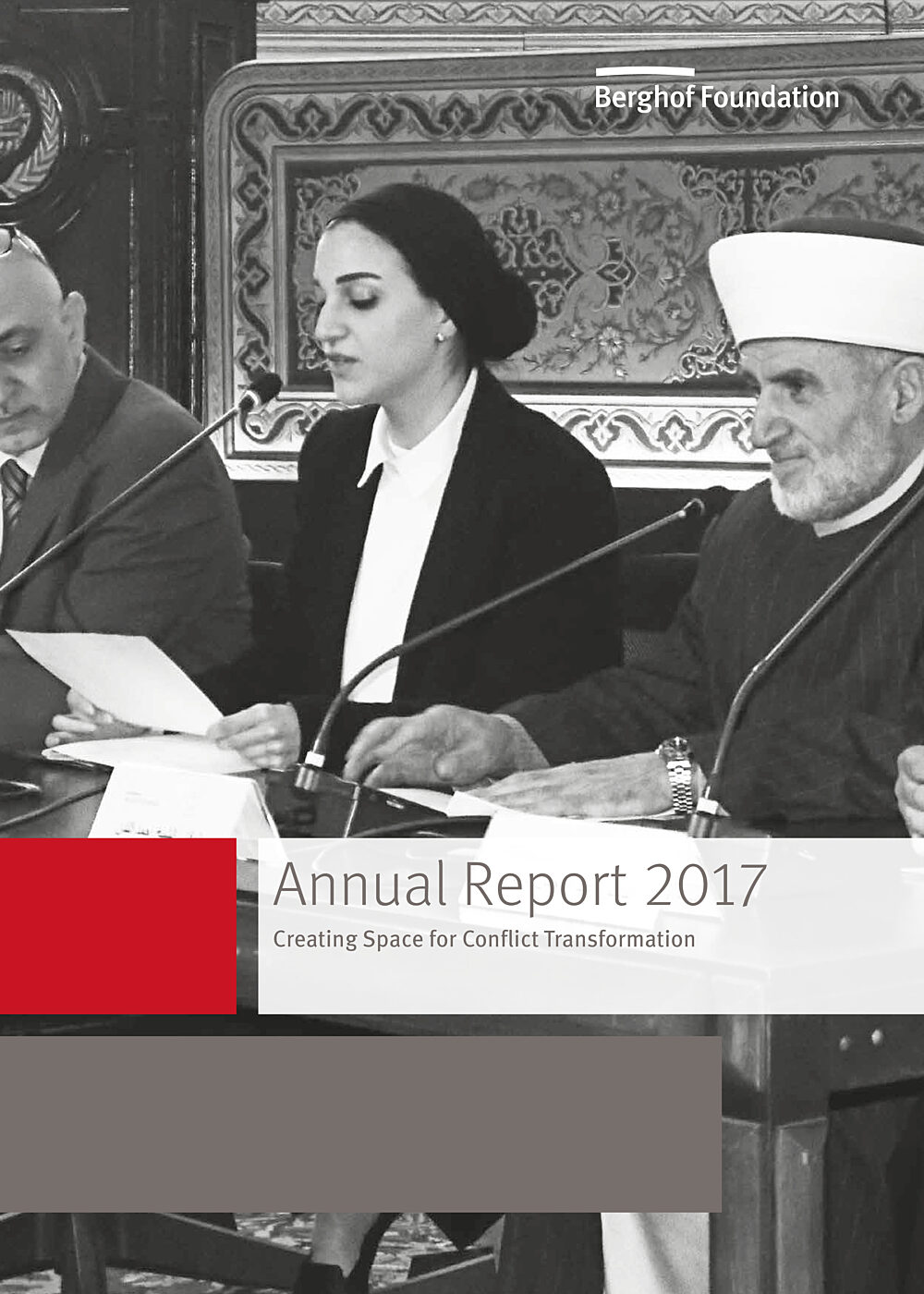
Berghof Foundation Annual Report 2017
- Year2018
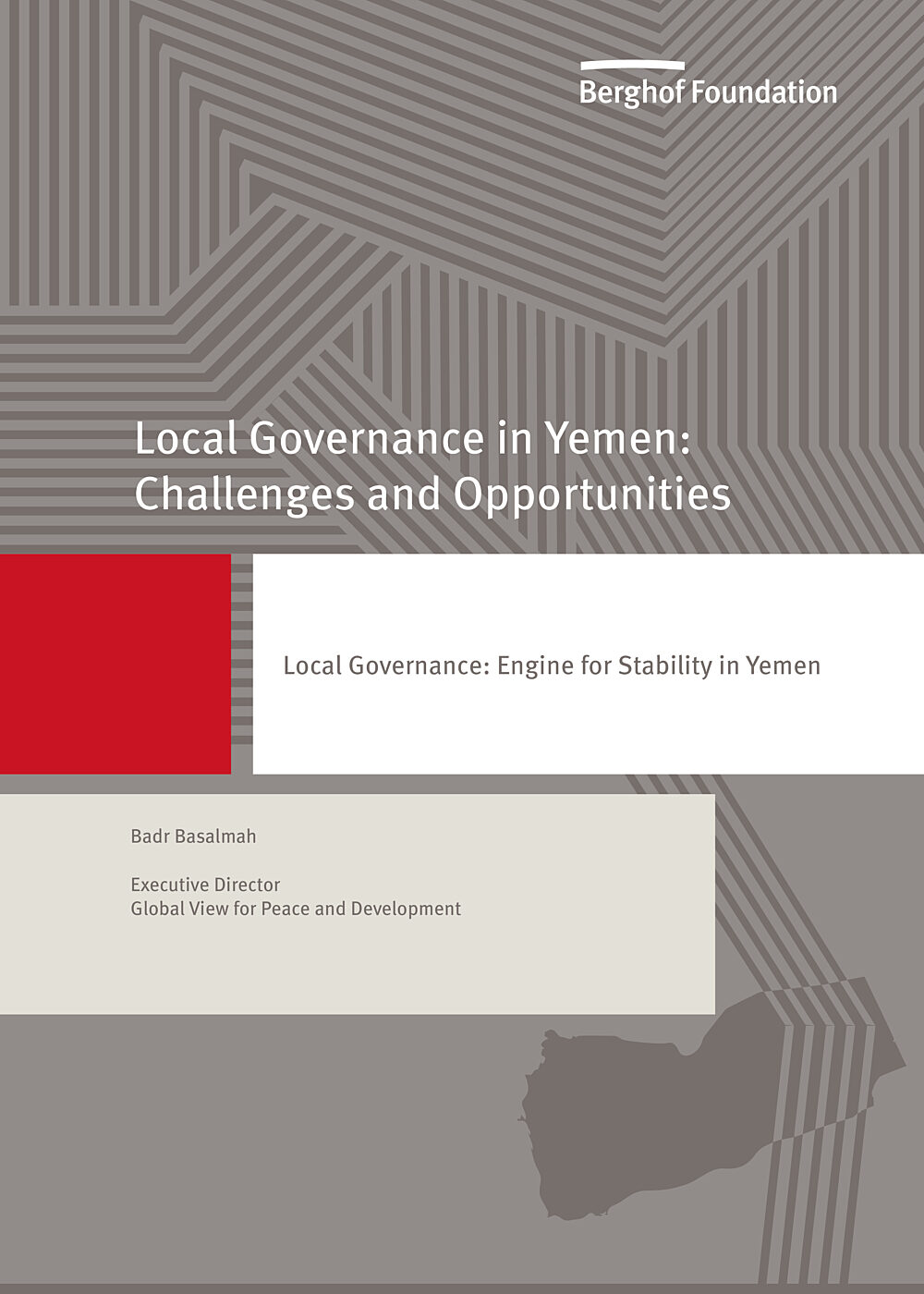
Local Governance: Engine for Stability in Yemen
This paper on the local governance experiment in Yemen seeks to review its past developmental stages and current reality. It includes governorates still under the war’s impact, as well as and those no longer affected by war, but still facing major challenges to reinforcing stability.
- Year2018
- Author(s)Badr Basalmah
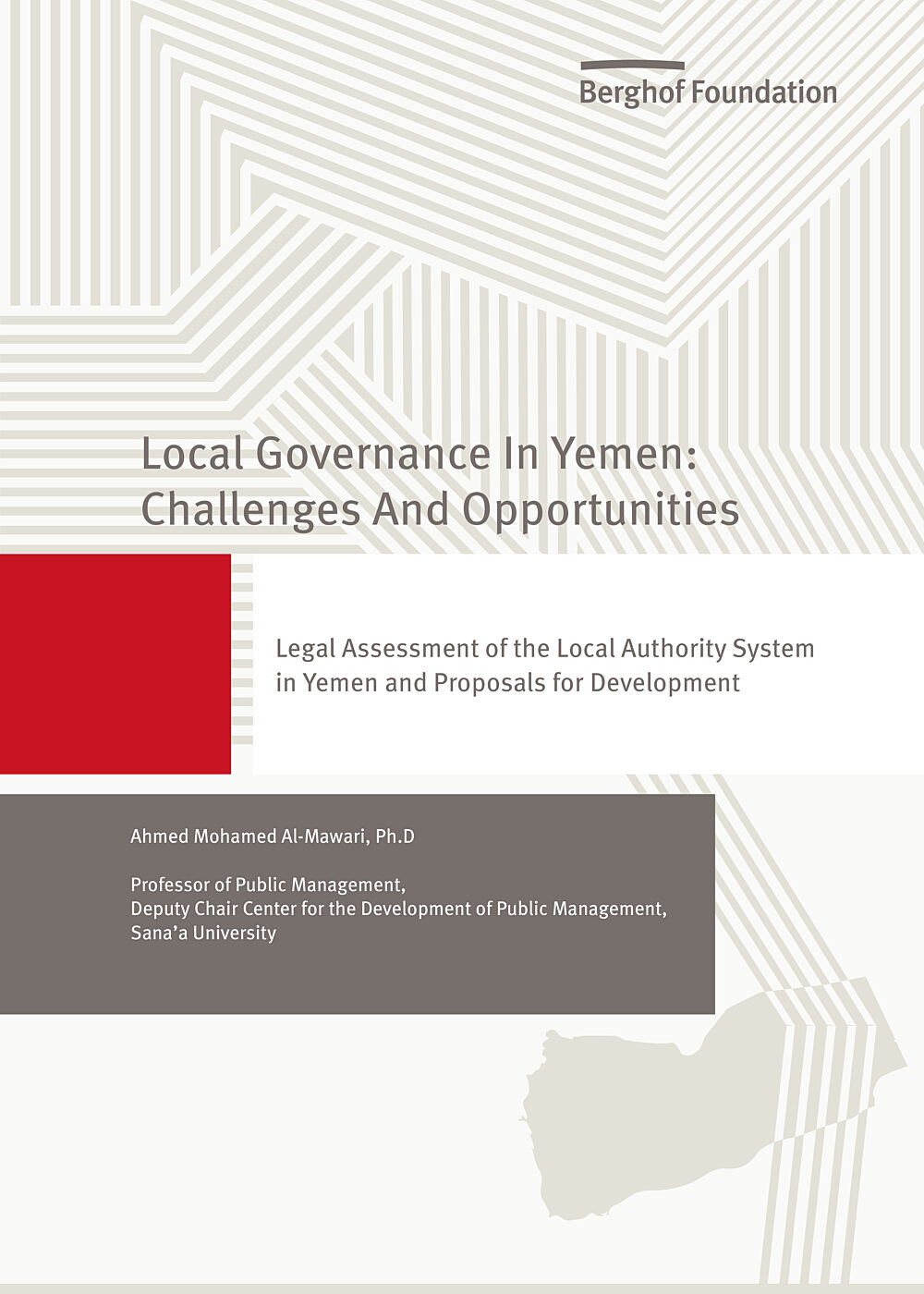
Legal Assessment of the Local Authority System in Yemen and Proposals for Development
The aim of this paper is to describe the reality of local authority legislation in Yemen, underline its strengths and weaknesses, identify the main obstacles to its implementation, and present suggestions for improving it. To attain these objectives, an integrated approach was followed based on the review and analysis of existing literature and official documents, as well as one-on-one interviews with a number of public administration leaders at central and local levels.
- Year2018
- Author(s)Ahmed Mohamed Al-Mawari
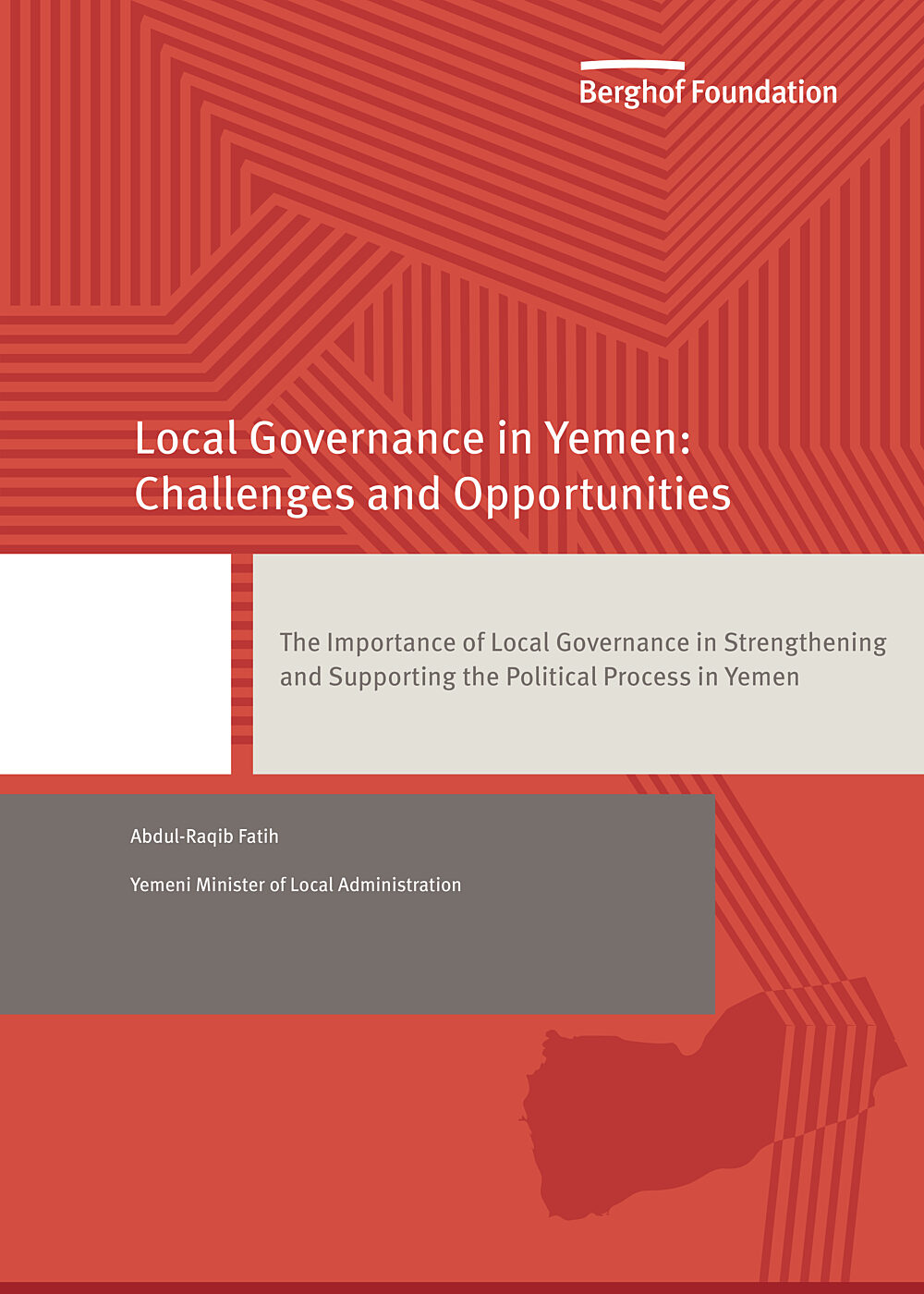
The Importance of Local Governance in Strengthening and Supporting the Political Process in Yemen
Governance systems differ from one state to another depending on the politics in each state, its social, economic and cultural development, and other historical factors. Symmetry in the form and content of relations between local governance units, or between units and central authority, is rare. Local governance embodies decentralization, and is essentially a system that allows citizens to run their own local affairs. It should therefore be based on a set of principles and objectives as preconditions for applying decentralization and the goals for local governance set by the state and local communities.
- Year2018
- Author(s)Abdul-Raqib Fatih
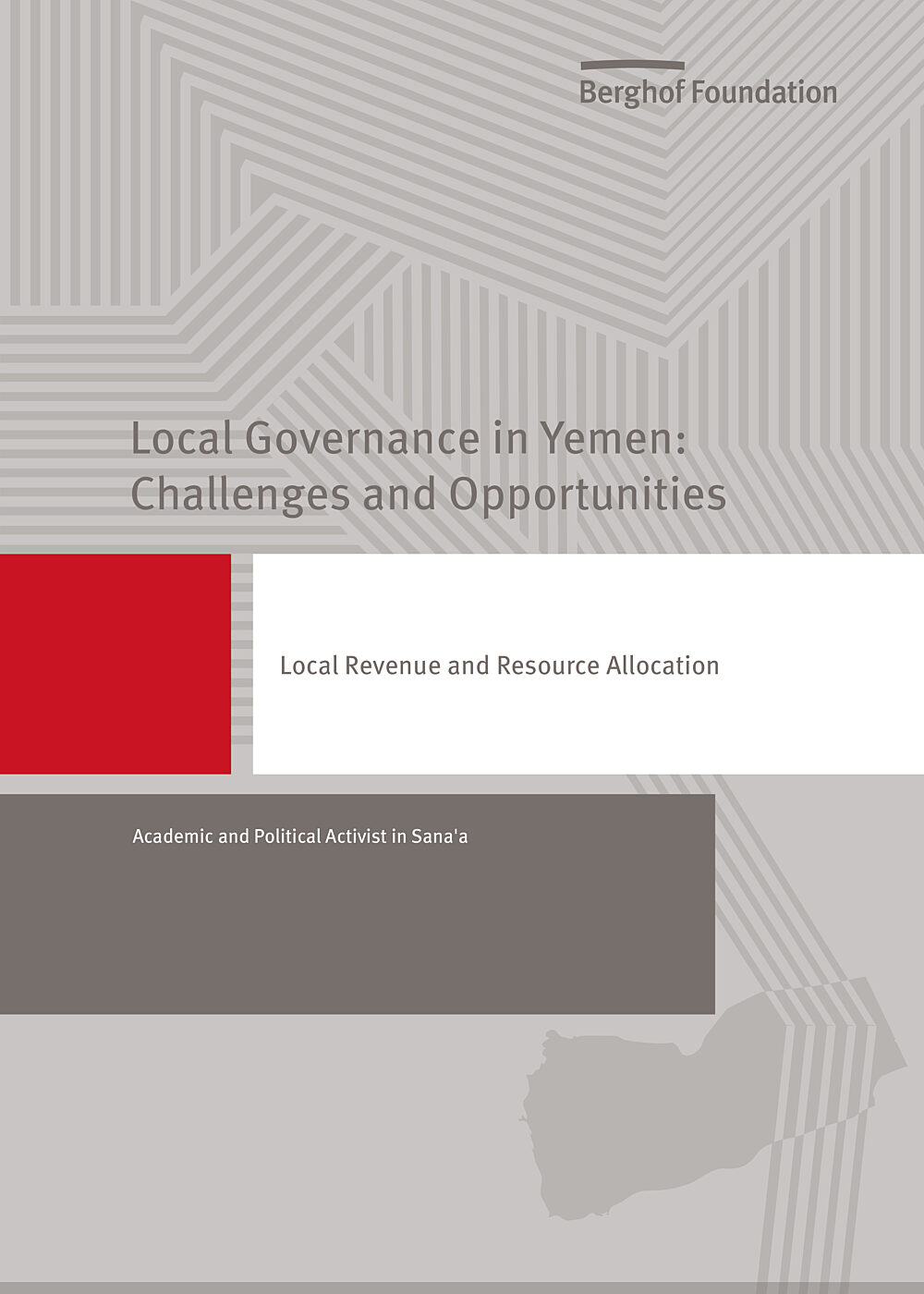
Local Revenue and Resource Allocation in Yemen
This paper, by an academic and political activist in Sana'a, will shed light on the resources available to local authorities in the Republic of Yemen, highlight the constraints on revenue collection, and propose how to address them and develop Yemeni local authority revenue streams.
This paper relies on a number of references – listed at the bottom – as well as various meetings with academics, researchers and specialists to enrich the ideas it discusses.
- Year2018
- Author(s)Anonymous